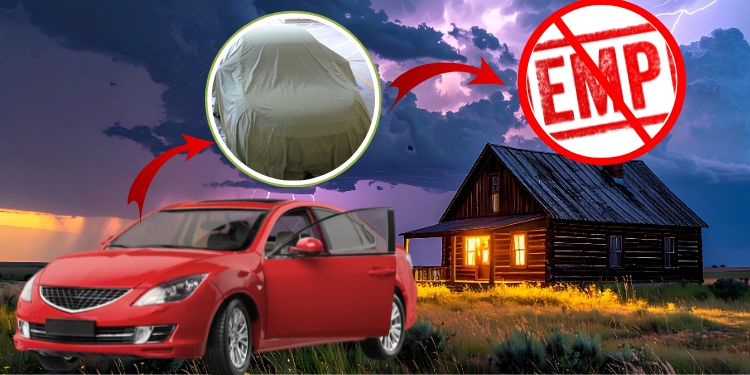Quick Strike Podcast: How to Maximize Fillets, with Reed “The Fish Monger” Brand

If you weren’t around and I asked your buddies how well you fillet fish, what would they tell me? Perhaps your knife skills are stellar, and they’d shower you with praise. Or would they say you leave a little too much on the bone sometimes? Unless you are a professional seafood processor or a full-time charter captain running every day, you shouldn’t be expected to be a precision fish cutter. I’m not. I do fine, but I don’t get as much practice as I’d like, and I tend to fillet very slowly to avoid mistakes. But sometimes I still make them.
Reed Brand, better known as @reedthefishmonger on social media, doesn’t make mistakes. Not anymore, at least, because he’s spent years honing his knife skills at his family’s business, Captain Clay and Sons Seafood Market in Delray Beach, Florida. His YouTube channel has positively exploded over the last four years with millions of viewers tuning in to learn and get lost in the ASMR of his slicing and dicing content. I asked Brand where recreational anglers fail the most at the cutting table and wrapped up in his answers are practical tips that will get anyone at any skill level more proficient at fish processing. Follow his advice and you’ll also get a lot more for the table out of your catch.
Listen to this week’s episode of Quick Strike on Apple, Spotify, or wherever you get your podcasts.
Cheap & Sharp
It’s not difficult these days to find companies that produce fillet knives costing hundreds of dollars. They hype these pricey blades as long-lasting, perhaps something you’ll pass down to your kiddos. I’ve owned a few and I can tell you I never liked any of them as much as a cheap fillet knife. Yes, they’re tougher, but a byproduct of that is a thicker blade with less flex — a necessary feature for easier filleting. Brand agrees and uses classic, affordable Dexter Russell knives exclusively. According to him, a cheaper, softer fillet knife will always do the best job if, that is, you learn how to sharpen it correctly. Nothing is more important in fish processing than doing it with a razor-sharp knife.
“I think a lot of people spend a ton of money on a knife because they think it’ll stay sharp forever or they’ll never have to sharpen it,” Brand says. “But that’s not the case, so if you’re trying to avoid learning how to sharpen a knife, buy cheap ones and toss them when they dull. If you do want to learn how to sharpen a knife, I recommend buying a cheap whetstone. The one that I use most costs about ten bucks on Amazon. And the most important part of learning how to sharpen with it is practice.”
Brand understands that people can be intimidated by whet stones but says no other gizmo or style of sharpener will do a better job. He also implores people not to get overwhelmed by all the whetstone tutorials that make the process look complicated. What matters is maintaining the same angle all the time. Consistency is everything. The video tutorial he produced on the subject is one of the best and easiest to follow:
Over the Ribs
One of the most debated topics in fish cleaning is whether to fillet off the rib cage or cut through the rib cage and remove it later. It can be argued that the latter option makes the job quicker because you’re making one pass through each side of the fish. If you have a high volume of fish to cut, this might seem like the better method (so might using an electric fillet knife, which Brand never wants anything to do with). But Brand notices that many recreational anglers struggle with working the knife over the ribs and says if you can master it, you’ll wind up with a lot more meat.
“People who cut right through the ribs and leave them on the fillet tend to remove them and the pin bone line at the same time,” Brand says. “But when you do that, you’re left with nothing but the high and low loins of the fillet. If you’re dealing with smaller fish like seatrout, you’re not losing a ton, but if you use that method on large fish like grouper or snapper, you’re throwing away a ton of phenomenal meat.”
Brand says the trick is to rest the tip of the knife on the base of the ribs and then angle your blade up slightly. Be careful not to angle the handle too high, as you always want the base of your knife in contact with the skeleton. Using just the tip of the knife, work it toward the head, which will separate the connection the pin bones make to the ribs. Now you can lift on the high loin and slide the knife down on top of the ribs instead of cutting right through them.
More Than Boneless
You might already be as good as Brand at the cutting board, but that doesn’t mean you’re still not making a huge mistake every time you slap down a fish. Watch Brand’s content and you’ll notice very quickly that he is a staunch advocate of using the entire fish. Skeletons are boiled down, he removes all the bits of meat, then uses them as a crab substitute for dips, cakes, and stuffing. The tails of smaller fish are battered and fried up like crispy potato chips. While you may not want to go that far or spend the time to boil and pick fish meat every time you have a good day on the water, there are a few simpler things you should do every time the fillet knife comes out.
Read Next: The Best Fillet Knives, Tested and Reviewed
“Fish cheeks are a great example of something many anglers overlook,” Brand says. “They’re easy to remove, and cheeks from large fish like grouper have become very popular at the seafood market. But even freshwater fish like walleyes have cheeks worth taking and they’re delicious. Then you have the throats or collars, which are excellent and too many people skip over them.”
What Brand is referring to is the meat around the pectoral fins, which often has a different texture and flavor than the fillets. Sometimes called fish “wings,” the throats can be roasted or fried. You can nibble the meat off like you’re eating a pork rib or pick it off and use it in other dishes. The bottom line is that there are a lot more delicious portions of a fish we overlook because we’re too focused on those boneless fillets.
Read the full article here









